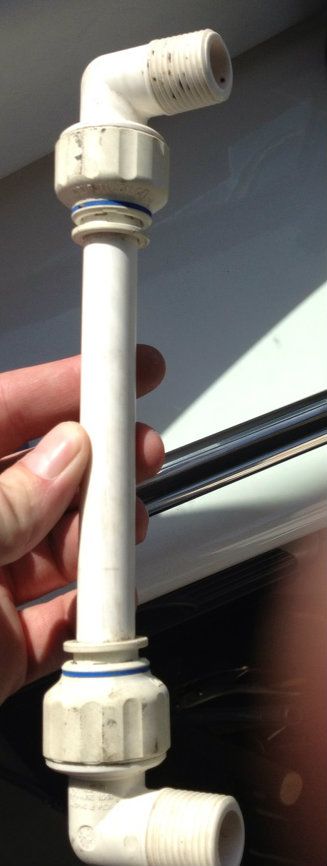True North
Member
- Sep 11, 2012
- 165
- Boat Info
- 2005 SR 260DA
350 MAG MPI
Bravo 3
- Engines
- (1) 350 MAG MPI w/Bravo III
I followed the recommended winterizing procedures found on this site, but have since started thinking about my process and asking for advise.
'91 250DA 454 7.4L
For motor:
I drained all water by way of petcocks on the block, manifold.
Disconnected all hoses and drained
Took apart thermostat to take out and bypass thermostat to allow antifreeze to bypass
Hooked everything back up (hoses, thermostat housing without thermostat)
Ran 5 gallons of -100 antifreeze through the ear muffs through gravity pull from bucket on swim platform while motor running until came out lower unit
For Water system
ran pump until tank and all lines ran free of water.
drained hot water tank
filled water holding tank with pink 5 gallons. Ran pump for all faucets until pure pink came through.
poured more pink into all drains and toilet for good measure (waste tank was already drained and clean but "pumped" antifreeze into tank)
At the very end I disconnected the in/out line to the hot water heater
My questions:
1) Considering my cold climate (midMichigan), is it safer to drain and fill the motor with antifreeze and keep it in there, or drain, fill, drain thinking "antifreeze air" is even less likely to freeze?
2) is there a place to pour the antifreeze into the motor from the top (thermostat housing?) vs. runnig it through the system using ear muffs? Pros/Cons?
3) many threads talk about "bypassing" the H2O heater. How exactly is that accomplished. Do you just retrofit a part to connect the in/out hose going into/leaving the water tank and just drain the tank? If so, does anybody have a picture or explain what you use to connect the two? I'm assuming you can "make" something from parts form Home Depot, Lowes, etc.?
As always, thanks for helping out a newbie. I think I did everything right this fall, I just think what I did could potentially be done easier??? Thank you.
'91 250DA 454 7.4L
For motor:
I drained all water by way of petcocks on the block, manifold.
Disconnected all hoses and drained
Took apart thermostat to take out and bypass thermostat to allow antifreeze to bypass
Hooked everything back up (hoses, thermostat housing without thermostat)
Ran 5 gallons of -100 antifreeze through the ear muffs through gravity pull from bucket on swim platform while motor running until came out lower unit
For Water system
ran pump until tank and all lines ran free of water.
drained hot water tank
filled water holding tank with pink 5 gallons. Ran pump for all faucets until pure pink came through.
poured more pink into all drains and toilet for good measure (waste tank was already drained and clean but "pumped" antifreeze into tank)
At the very end I disconnected the in/out line to the hot water heater
My questions:
1) Considering my cold climate (midMichigan), is it safer to drain and fill the motor with antifreeze and keep it in there, or drain, fill, drain thinking "antifreeze air" is even less likely to freeze?
2) is there a place to pour the antifreeze into the motor from the top (thermostat housing?) vs. runnig it through the system using ear muffs? Pros/Cons?
3) many threads talk about "bypassing" the H2O heater. How exactly is that accomplished. Do you just retrofit a part to connect the in/out hose going into/leaving the water tank and just drain the tank? If so, does anybody have a picture or explain what you use to connect the two? I'm assuming you can "make" something from parts form Home Depot, Lowes, etc.?
As always, thanks for helping out a newbie. I think I did everything right this fall, I just think what I did could potentially be done easier??? Thank you.




